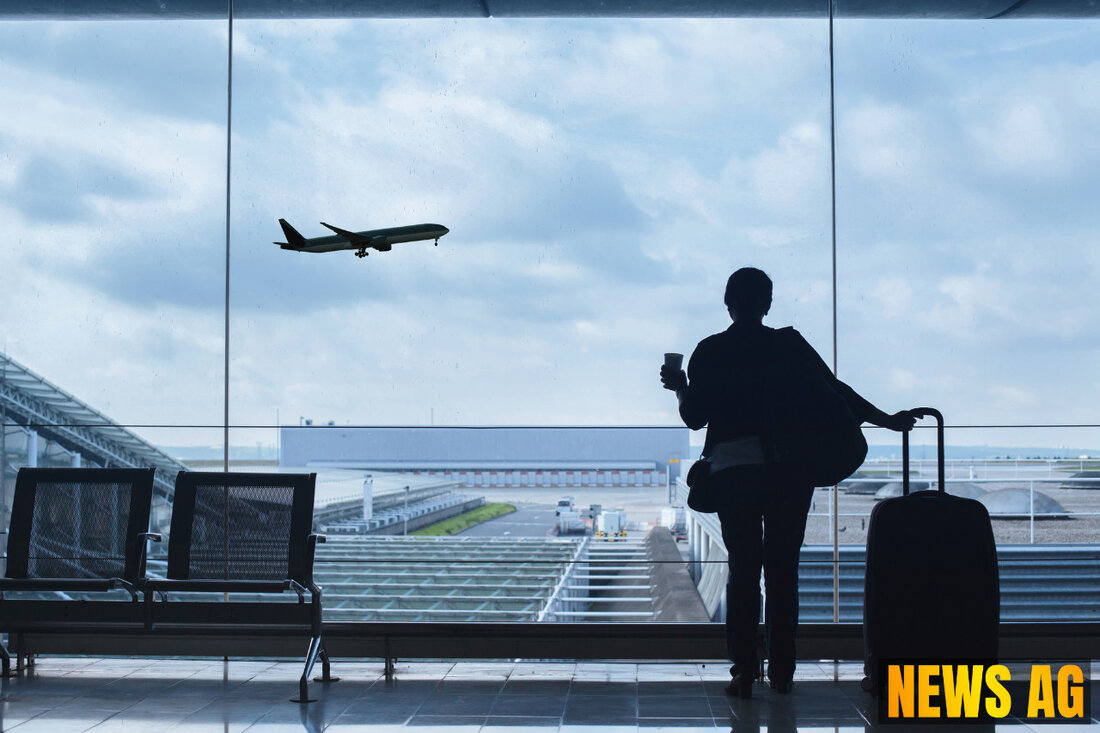Zanzibar Welcomes 400 Aviation Leaders to Transform Africa's Travel Future
Over 400 aviation leaders convened in Zanzibar for AviaDev Africa 2025, focusing on boosting air connectivity and tourism growth.

Zanzibar Welcomes 400 Aviation Leaders to Transform Africa's Travel Future
In a vibrant display of collaboration and innovation, over 400 aviation stakeholders convened in Zanzibar for AviaDev Africa 2025, an event dedicated to shaping the future of air travel and tourism on the continent. Spanning from June 11 to 13, the conference took place at the Golden Tulip Zanzibar Airport Hotel, conveniently close to Abeid Amani Karume International Airport. It brought together airlines, airports, tourism boards, government officials, and service providers to discuss strategies aimed at enhancing air connectivity across Africa. According to MY Joy Online, the gathering highlighted key insights essential for the aviation industry moving forward.
One of the standout takeaways from the forum was the pressing need for collaboration among all players in the aviation sector. This cooperation is crucial for unlocking new air routes and stimulating demand, especially given the fragmented nature of air travel in Africa. Indeed, with limited and often costly air access, many regions are hindered from realizing their tourism potential. As noted in a related article on Voyages Afriq, the interconnectedness of aviation and tourism needs to take center stage, a sentiment echoed by numerous leaders at the event.
The Role of Aviation in Africa’s Future
Dr. Hussein Ali Mwinyi, the President of Zanzibar, emphasized how critical it is to enhance flight connectivity to facilitate both growth and collaboration. With tourism now contributing a whopping 30% to Zanzibar’s GDP and boasting over 440 weekly flights, the island is positioning itself as a key regional aviation hub. As airlines like Jambojet demonstrate impressive growth—260% on the Mombasa-Zanzibar route, for instance—there’s tangible evidence that well-planned route development can yield significant returns.
The broader context surrounding Africa’s aviation industry reveals a landscape ripe with potential yet fraught with challenges. Insights from IATA highlighted Africa’s passenger demand, which has recently surged; there was a striking 9% increase in year-to-date traffic from January to April 2025 compared to the previous year. Furthermore, projections anticipate that the passenger market could reach 345 million annually by 2043. However, the region still grapples with structural issues like high operational costs and protectionist aviation policies that inhibit growth, as outlined by Airspace Africa.
Charting the Course Ahead
Among the main topics discussed during AviaDev were strategies to address the challenges posed by fragmented air travel. Leaders deliberated on the potential for partnerships between tourism boards and airlines, alongside the necessity for public-private partnerships in aviation. Successful nations such as Rwanda and Ethiopia showcased how aligning their national carriers with tourism goals has driven economic growth, setting a benchmark for other countries.
As the aviation sector in Africa begins to recover with significant optimism, the call for collaborative strategies can no longer be ignored. The Single African Air Transport Market (SAATM) was designed to liberalize air travel, but its impact has yet to be fully realized, with slow adoption among member states. The need for effective funding models for African carriers, alongside the sharing of successful regional aviation-tourism collaboration stories, forms the backbone of ongoing discussions.
The AviaDev Africa forum has spun a web of connections that echo the essential truth: for African aviation and tourism to thrive, they must navigate this road together. The next installment, set for 2026 in Botswana, promises to continue building on these efforts, emphasizing the country’s advancements in both aviation and tourism.


 Suche
Suche